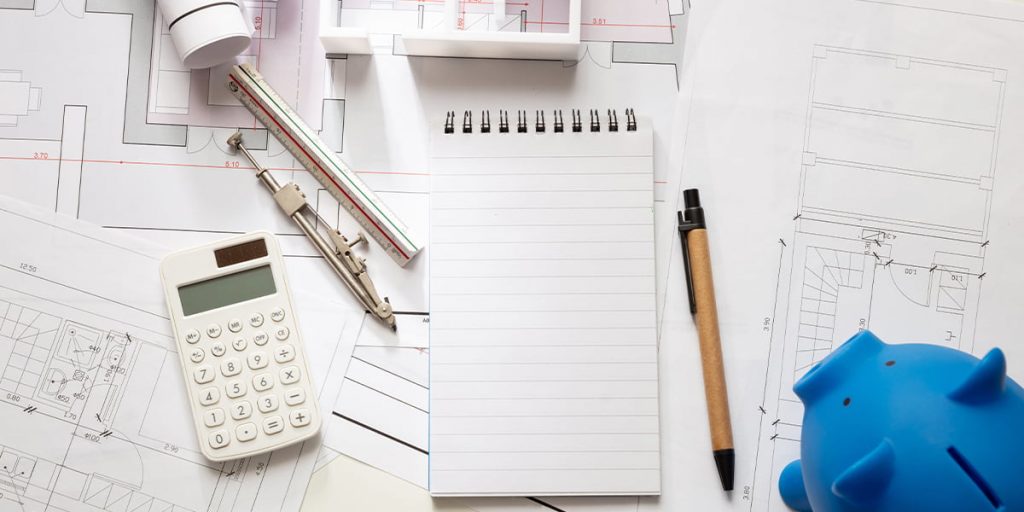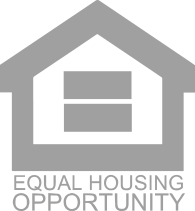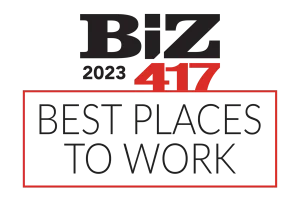Don’t Forget These Critical Costs When Budgeting For A Fix And Flip Investment

The Fix and Flip strategy, is a fairly straightforward strategy to grasp, with its underlying principle of buying low, adding value, and then selling high. To reach this goal, real estate investors must ensure that all costs of purchasing, renovating, and reselling the property are covered and that a sale price with an attractive profit is achieved.
While calculating the costs may sound simple in theory, in practice, novice house flippers may need to pay more attention to the costs involved, some of which may only become evident after the initial acquisition is made. We’ll go over some of the costs that are associated with fixing and flipping properties below:
Property assessment and estimation costs
This is usually the first cost directly associated with fixing and flipping properties (excluding any costs associated with finding the property), even before purchasing the building. Though usually not considered in the costs directly related to the fix and flip model, depending on an investor’s expertise, usually, a contractor may be required to assess the property for repair and refurbishment costs. The costs associated with the assessment service or consultation fee will have to be borne even though a real estate investor does not proceed with the acquisition.
Acquisition Price & Closing Costs
Once it is determined that refurbishment costs are viable to meet the resale target price and the potential future market conditions are understood, the property has to be acquired. The purchase price must be paid along with the associated closing costs, such as title, appraisal, and attorney fees. The purchase price usually makes up the most considerable cost associated with this investment strategy.
Get In Touch With The Real Estate Investor News Team If You Want To Know More About Buying And Financing Investment Properties
Refurbishment & repair costs
The costs associated with refurbishing and repairing a property are usually termed rehab costs. These repairs and refurbishments can be broadly categorized into 3 main groups:
- Cosmetic: these are mainly aesthetic improvements done to a property, such as applying a new coat of paint or replacing carpet. These are usually the lowest rehab costs and can impact how potential buyers view the property at first glance.
- Moderate: These modifications require more money and time, upgrading the property and increasing its value. For example, renovating a bathroom with new modern fixtures and new light fixtures. These can be expensive and will likely require a contractor to implement.
- Extensive: these are significant renovations required to make the property habitable or upgrade broken or failing infrastructure. These can be refurbishments like replacing hazardous materials or outdated construction elements like overhauling old plumbing or heating systems. These are the most expensive types of rehabs in terms of cost and time and will require an experienced contractor to execute them.
Costs that fall under rehab include materials required, labor costs, new appliances, and landscaping.
Holding/carrying costs
The holding costs are related to maintaining the property while the refurbishment and sale process is ongoing. These cover costs like utility payments like water or gas, property insurance, and taxes. Sometimes loan-related costs are bundled under holding costs, but we’ve listed them separately for this article.
Loan costs
Loan-related costs are the costs associated with taking out a loan to finance the deal (unless an investor self-finances the project), that is, the interest payments and any associated fees. These will vary depending on the terms of the loan, and careful consideration should be taken to read the fine print to be clear on the lender’s expectations.
Sales Costs
These are the marketing costs related to finding a new buyer for the property. These could range from the costs of listing the property on top listing pages to expenses related to running an open house. Depending on prowess, an investor may prefer to hire a real estate agent to market and sell the property, who would usually charge a fixed commission for each sale.
Conclusion
Listed above are the main costs associated with fixing and flipping a property, and investors should be careful to factor these into their calculation of the return on investment. While fixing and flipping can be a lucrative and quick way to generate a profit, it can come with costs (both obvious and hidden) that could suddenly convert a profitable deal into a loss-making endeavor.
If you feel you’re ready to get started on your fix and flipping journey but are unsure how to get started with raising funds for your investment, look no further than our team at RE Investor News. Our specialists can work with you to help you secure funding for your next great real estate ventures. Get in touch with us today!
Let Us Help You Boost Your Real Estate Projects!
Share your real estate investment projects with us and one of our team members will contact you with the right funding solution.










